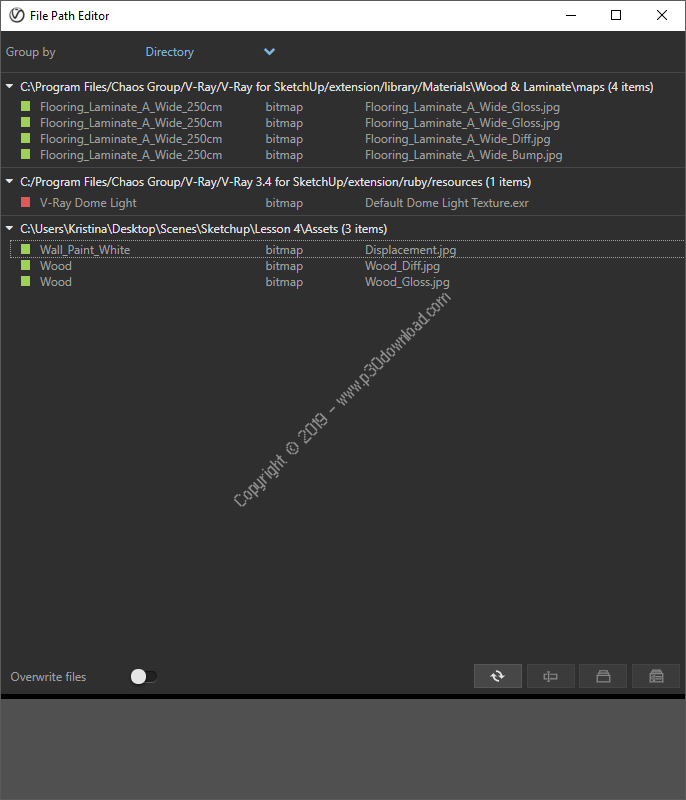

Shorter hair covered the limbs, keeping snow from attaching. įrozen specimens indicate that the rhino's long fur coat was reddish-brown, with a thick undercoat that lay under a layer of long, coarse guard hair thickest on the withers and neck.

The hump also contained a fat reserve to aid survival through the desolate winters of the mammoth steppe. Its shoulder was raised with a powerful hump, used to support the animal's massive front horn. Compared to other rhinoceroses, the woolly rhinoceros had a longer head and body, and shorter legs. The two horns were made of keratin, with one long horn reaching forward, and a smaller horn between the eyes. A one-month-old calf was about 120 centimetres (3.9 ft) in length and 72 centimetres (2.36 ft) tall at the shoulder. It grew up to 2 m (6.6 ft) tall at the shoulder, about the same size as the white rhinoceros. Description Structure and appearance Īn adult woolly rhinoceros typically measured 3 to 3.8 metres (9.8 to 12.5 ft) from head to tail, with an estimated weight of around 1,800–2,700 kg (4,000–6,000 lb) or 2,000 kg (4,400 lb). Ī study of 40,000- to 70,000-year-old DNA samples showed its closest living relative is the Sumatran rhinoceros. In 2011, a 3.6-million-year-old woolly rhinoceros fossil, the oldest known, was discovered on the cold Tibetan Plateau. The woolly rhinoceros may have descended from the Eurasian C. A 1.77 million year old Stephanorhinus rhino mummy may also represent a sister group to Coelodonta. The closest extinct relative to the woolly rhinoceros is Elasmotherium. These two lines were divided in the first half of the Miocene. The woolly rhinoceros was the most derived of the genus Coelodonta. This name comes from the Greek words κοιλος ( koilos, "hollow") and ὀδούς ( odoús "tooth"), from the depression in the rhino's molar structure, giving the scientific name Coelodonta antiquitatis, "hollow-tooth of antiquity". The geologist Heinrich Georg Bronn moved the species to Coelodonta in 1831 because of its differences in dental formation with members of the Rhinoceros genus. In 1799, Johann Friedrich Blumenbach studied rhinoceros bones from the collection of the University of Göttingen, and proposed the scientific name Rhinoceros antiquitatis. In 1772, Pallas acquired a head and two legs of a rhinoceros from the locals in Irkutsk, and named the species Rhinoceros lenenesis (after the Lena River). One of the earliest scientific descriptions of an ancient rhinoceros species was made in 1769, when the naturalist Peter Simon Pallas wrote a report on his expeditions to Siberia where he found a skull and two horns in the permafrost. Gotthilf Heinrich von Schubert maintained the belief that the horns were the claws of giant birds, and classified the animal under the name Gryphus antiquitatis, meaning " griffin of anquity". In 1590, it was used as the basis for the head on a statue of a lindworm. A rhinoceros skull was found in Klagenfurt, Austria, in 1335, and was believed to be that of a dragon. Native peoples of Siberia believed their horns were the claws of giant birds. Woolly rhinoceros remains have been known long before the species was described, and were the basis for some mythical creatures. Molar tooth showing the cavity the genus was named for


 0 kommentar(er)
0 kommentar(er)
